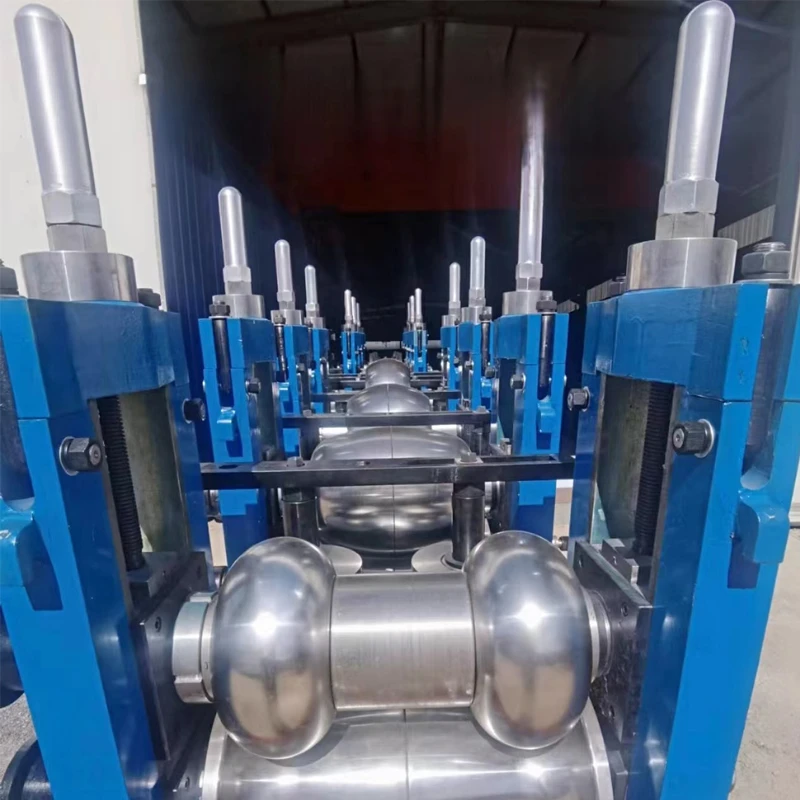IV Cannula Production Machine for Efficient Medical Device Manufacturing and Quality Assurance
The Evolution and Importance of IV Cannula Making Machines
In the ever-evolving landscape of medical technology, the production of intravenous (IV) cannulas plays a crucial role in ensuring the efficient delivery of medications, fluids, and nutrition to patients. At the heart of this process is the IV cannula making machine, which has advanced remarkably over the years, combining technology, precision, and efficiency.
Understanding IV Cannulas
IV cannulas are small, flexible tubes inserted into a vein to facilitate intravenous access. They are used for a variety of purposes, including administering medications, fluids, blood products, and for drawing blood. The demand for IV cannulas is rising globally, driven by the increasing prevalence of chronic diseases, the aging population, and the subsequent need for medical treatments that require venous access. Consequently, the manufacturing process of IV cannulas must meet stringent quality standards to ensure patient safety and efficacy.
The Role of IV Cannula Making Machines
IV cannula making machines streamline the manufacturing process, allowing for high production rates while ensuring quality and consistency. These machines are designed to automate various stages of production, including molding, assembling, and quality testing. The integration of advanced technologies such as robotics, artificial intelligence, and precision engineering significantly enhances the output and operational efficiency of the manufacturing process.
Key Features of IV Cannula Making Machines
1. Automation Modern machines feature automated systems to reduce human intervention, minimizing the risk of contamination and error. Automation also leads to higher output rates and faster production cycles.
2. Precision Engineering High precision is crucial in manufacturing IV cannulas, as even minor discrepancies can lead to complications. Advanced machining techniques ensure the production of cannulas that meet specific dimensional and functional requirements.
3. Quality Control Systems Rigorous quality control measures are integrated into the manufacturing process. These systems utilize sensors and cameras to inspect products for defects, thus ensuring that only top-quality cannulas reach the market.
iv cannula making machine

4. Flexibility Manufacturers can configure machines to produce various sizes and types of cannulas, accommodating the diverse needs of healthcare systems while also adapting to changing market demands.
5. Sustainability With increasing awareness regarding environmental concerns, many modern machines are designed to work with eco-friendly materials and minimize waste during production. This not only aligns the manufacturing process with sustainability goals but also appeals to environmentally conscious consumers.
Impact on Healthcare
The advent of IV cannula making machines has transformed the healthcare sector by ensuring a steady supply of high-quality medical devices. This is especially critical in emergency situations, where timely access to intravenous therapy can be lifesaving. Furthermore, the availability of various types of IV cannulas, including peripheral, central, and midline, caters to diverse patient needs and conditions, enhancing overall patient care.
Future Trends in IV Cannula Manufacturing
As technology continues to advance, the future of IV cannula manufacturing will likely see even more innovations. The integration of smart technologies such as the Internet of Things (IoT) can enable real-time monitoring of production processes, leading to enhanced efficiency and reduced downtime. Moreover, the incorporation of 3D printing technology has the potential to revolutionize the customization of IV cannulas, allowing for tailor-made solutions for individual patients based on specific anatomical needs.
Additionally, with the growing emphasis on patient safety, manufacturers will continue to focus on producing biocompatible materials that minimize adverse reactions. The development of smart cannulas equipped with sensors to monitor infusion rates and detect complications in real-time could further enhance patient outcomes.
Conclusion
IV cannula making machines are integral to the healthcare manufacturing industry, improving the quality and availability of essential medical devices. As the demand for IV cannulas rises globally, manufacturers must embrace technological advancements to enhance production efficiency and meet the needs of healthcare providers and patients alike. The future of IV cannula production looks promising, driven by innovation and a commitment to quality, safety, and sustainability. As we move forward, the collaboration between technology and healthcare will undoubtedly lead to improved patient outcomes and a brighter future for the medical community.
-
High Frequency Straight Seam Welded Pipe Production Line-BzZhou Xinghua Machinery Equipment Manufacturing Co., LTD.|line pipe steel&welded gas pipeNewsJul.30,2025
-
High Frequency Straight Seam Welded Pipe Production Line-BzZhou Xinghua Machinery Equipment Manufacturing Co., LTD.|High Precision&Automated SolutionsNewsJul.30,2025
-
High Frequency Straight Seam Welded Pipe Production Line - BzZhou Xinghua Machinery Equipment Manufacturing Co., Ltd.NewsJul.30,2025
-
High Frequency Straight Seam Welded Pipe Production Line-BzZhou Xinghua Machinery Equipment Manufacturing Co., LTD.|Precision Welding, High EfficiencyNewsJul.30,2025
-
High Frequency Straight Seam Welded Pipe Production Line|BzZhou Xinghua|Precision Welding&EfficiencyNewsJul.30,2025
-
High Frequency Straight Seam Welded Pipe Production Line - BzZhou Xinghua|Precision Engineering&EfficiencyNewsJul.30,2025


